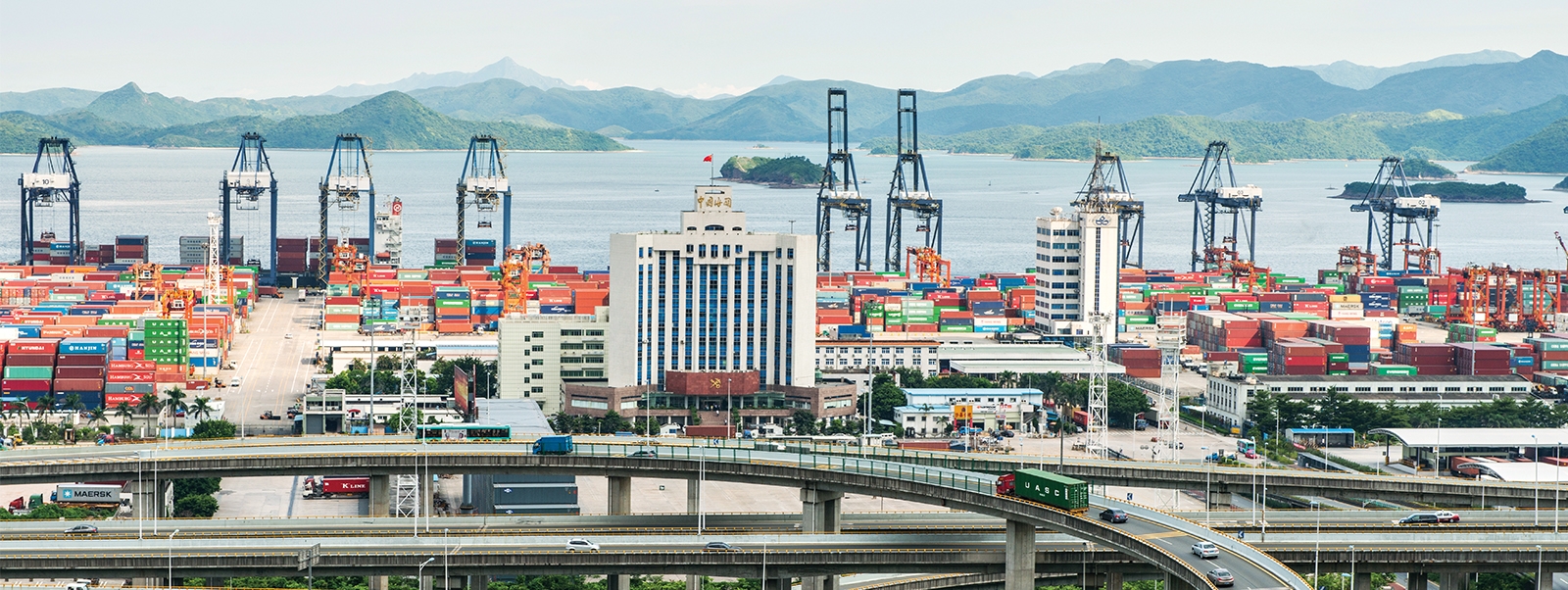First announced in 2013 by President Xi Jin Ping, the Belt and Road Initiative (BRI) will build roads, ports, and railway tracks along the ancient land-based “Silk Road Economic Belt” and the ocean-going “Maritime Silk Road”, connecting China with Asia, Oceania, Middle East, and North America through the Mediterranean.
The infrastructure network will span across 65 countries which account for 60 percent of the global population and about one-third of global GDP.
This compendium presents insights for domestic organizations in China, as well as foreign organizations who will be working with China on the BRI, in three broad themes:
- What the BRI entails. Intended to boost trade and investment liberalization and social and cultural exchange, Chinese President Xi Jinping unveiled the global infrastructure development scheme in October 2013, which became the central focus of the “China’s Dream”. Diversifying export markets and promoting the international expansion of Chinese technology, the BRI is part of the broader plan to upgrade China in terms of global production and value chains.
- Challenges facing the BRI. The ambitious scheme provides not only great opportunities for China but considerable risk, such as political and security risks. Developing Asia requires $8 trillion in infrastructure investment but the financing of this initiative cannot be carried by China alone; instead options for foreign investment should be further explored.
- Economic and Political Implications. Supporting long-term growth and development in the economies involved, the more connected infrastructure network should facilitate trade and investment, create new market demand, and benefit some poorer countries, particularly in Central and South Asia, which have especially large infrastructure gaps and often have difficulties in financing new projects. Despite the clear upside, parties involved need to be cognizant about the downside risks, such as global trade protectionism and potential domestic supply side constraints.

